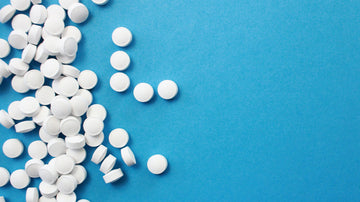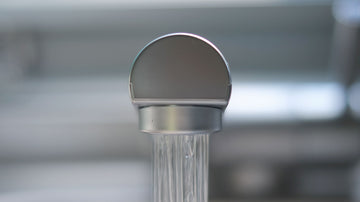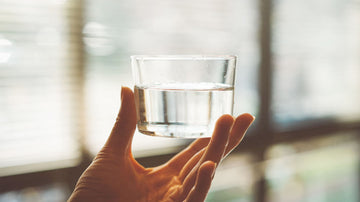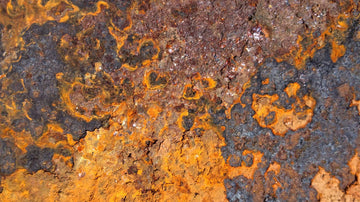
How harmful are hormones and drug residues in drinking water?
Hormones and drugs control important processes in our body and have been proven to have an effect even in the smallest amounts. In investigations in the vicinity of sewage treatment plants, feminization effects could be observed in fish due to contamination with hormone residues. For example, male brown trout develop egg cells in their testicles. Whelks suffer the opposite phenomenon, as do around 100 other marine animals: their females develop a penis and become incapable of reproduction. It is assumed that the mutations do not stop at humans. Throughout Switzerland - with large regional differences - a decrease in sperm counts can be observed in men. But drug residues also have serious consequences for aquatic life. The Swiss researcher and ecotoxicologist Natalie Chèvre commented on this in her study on freshwater crayfish: "If you keep freshwater crayfish in water that has been mixed with the breast cancer drug tamoxifen, the reproduction of the animals changes and the babies also have abnormalities."

How do hormones and drug residues get into our drinking water?
We Swiss consume a large amount of medicines (drugs, hormones, endocrine disruptors, etc.). 30,000 chemicals are used in Switzerland every day. According to the Federal Office for the Environment (FOEN), pharmaceuticals alone are available nationwide 10% of the measuring points in the groundwater on. Due to the increasing average age, a further increase in the environmental impact of active pharmaceutical ingredients and their degradation products must be expected. We take care of the pollution of our drinking water with medicines ourselves: painkillers, medicines for diabetes, antibiotics or hormones of the birth control pill. These are taken orally or through the body (e.g. creams). For the most part, the body cannot absorb them at all and excretes up to 90% of the absorbed substances when going to the toilet or they are washed off in the shower. Unfortunately, expired medicines are often disposed of in the toilet. This is how hormones and drug residues get into our sewage treatment plants via the wastewater and from there into the entire water cycle. The sewage treatment plants and the water treatment plants are powerless against the large amount of synthetic substances that we consume every day and let them pass practically unfiltered. This is how the unwanted and even the smallest amounts of active substances end up in our tap water.

Pharmaceuticals in groundwater (2019) and treated wastewater in watercourses and settlement areas. Maximum value per NAQUA measuring point. Source: Federal Office for the Environment (FOEN), 2019
Incidentally, they don't stop at expensive and environmentally harmful bottled water. When examining 20 different mineral waters, researchers from the Department of Aquatic Ecotoxicology at the Goethe University in Frankfurt am Main were able to determine in a study from 2011 that twelve mineral waters a significantly increased estrogenic activity exhibit.
What to do against hormones and drug residues in drinking water?
There are some known and scientifically validated methods for removing pesticides from drinking water. One example is the use of highly porous activated carbon. Activated carbon has an immense specific surface area (comparable to a sponge) and has the property of binding numerous chemical substances to its large surface area. Activated carbon is therefore installed in the water flow in such a way that as much carbon as possible is surrounded by the water and the water spends as much time as possible in contact with the activated carbon (so-called residence time). As a result, hormones and drug residues are firmly bound to the activated carbon and efficiently and specifically removed from the water flow. Activated carbon is a natural product. In the case of DrinkPure, the activated carbon built into the filter is obtained from the remains of coconut shells.
DrinkPure also filters other substances out of the water. Here you can find an overview of what DrinkPure can filter.




